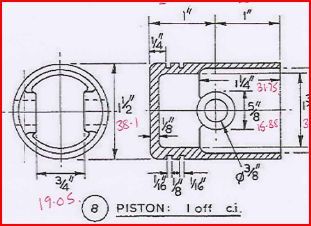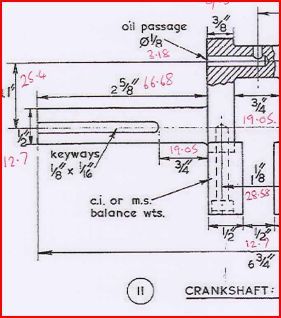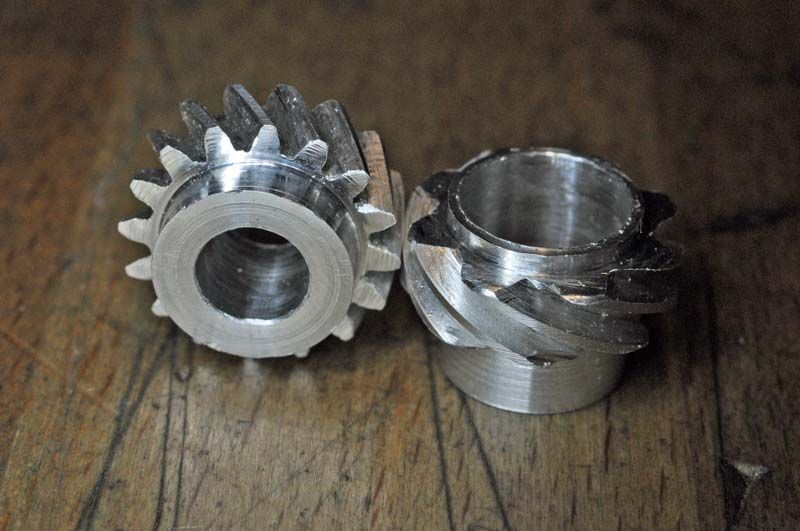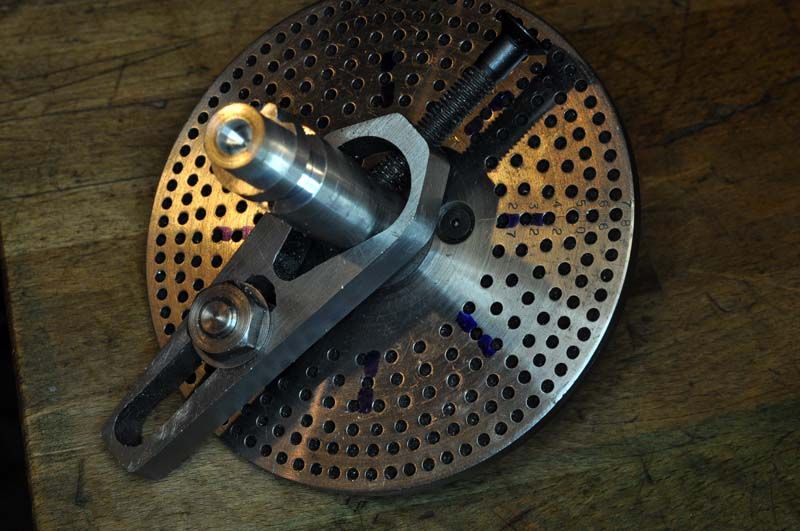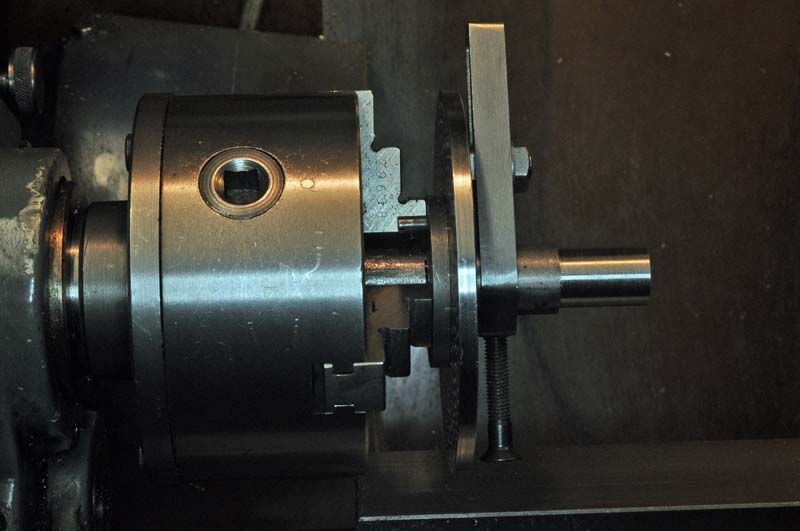Right, second attempt after I hit the 'wrong' key sequence and lost everything I had typed. 
Out of curiousity I had a quick run through the design steps for helical gears as shown in Machinery's Handbook last night. It all seems pretty straightforward.
The key is appreciating that there are two diametric pitches (DP), one in the plane of rotation, as per spur gears, and a normal DP perpendicular to the helix angle. The normal DP is generally used for design purposes, and if it is made an integer then standard involute cutters can be used.
There are, of course, some complications. First, even for a fixed normal DP and number of teeth, the pitch circle diameter, and outside diameter (OD), vary with the helix angle. Hence the centre to centre distance of a given pair of gears will vary with helix angle. That is why there are different design flows in Machinery's Handbook depending on whether the centre to centre distance is fixed or flexible.
The choice of helix angle is also flexible. For parallel shafts, as for spur gears, the angle is largely arbitrary. It seems to be chosen just large enough to ensure that a second pair of teeth engage before the previous pair disengage. This should promote smoother high speed running, which is one reason for using helical gears, as opposed to spur gears, in the first place. For non-parallel shafts there is a constraint on the helix angles. The sum of the helix angles of the two gears must add up to the angle between the shafts. So for the engine mentioned by the OP, where the shafts are at 90º then the helix angles should add up to 90º. Presumably 45º each would be logical?
There are probably two approaches to machining helical gears in the normal home workshop. Either a universal mill (see note 1) and universal dividing head, or a 4-axis CNC mill in conjunction with software such as Gearotic. Using a universal mill has some limitations. Most tables only swivel ±45º so for cutting steeper helix angles a special swivelling vertical head is required. I don't have one of these; I'm trying to visualise if it would be possible to machine steeper helix angles by setting the dividing head at an angle and using a one axis swivelling head, which I do have. Another potential issue is the range of leads available with the gears supplied with the dividing head. The lead is the distance travelled by the helix over one rotation. If the lead required does not exactly match those provided then an error will result. Whether the error is significant will depend on the application and the width of the gear. If the error is unacceptable it is possible to calculate a gear train for greater accuracy, but this would normally require custom gears for the drive train from table to dividing head.
Back to work now!
Andrew
Note 1: It is one of many model engineering myths that a universal mill is one that has horizontal and vertical capability. Not so, it is a mill that has a swivelling table so that in conjunction with a universal dividing head, that can be driven from the table, it can be used to machine helical paths for things like helical gears or flutes on special tooling.
Edited By Andrew Johnston on 16/07/2015 12:12:26
Muzzer.


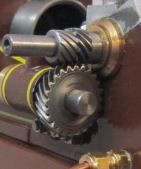
 not Wyvern.
not Wyvern.